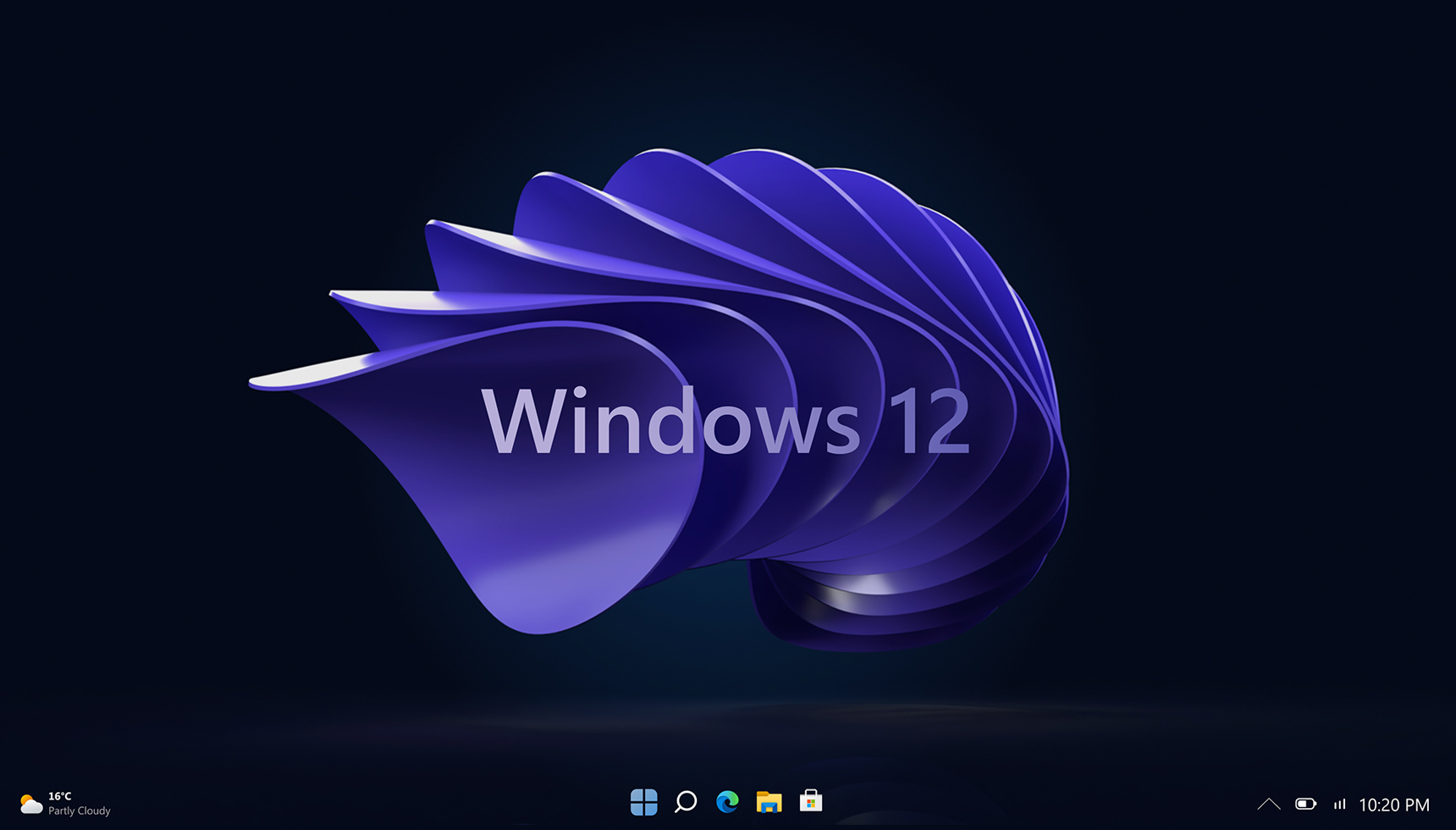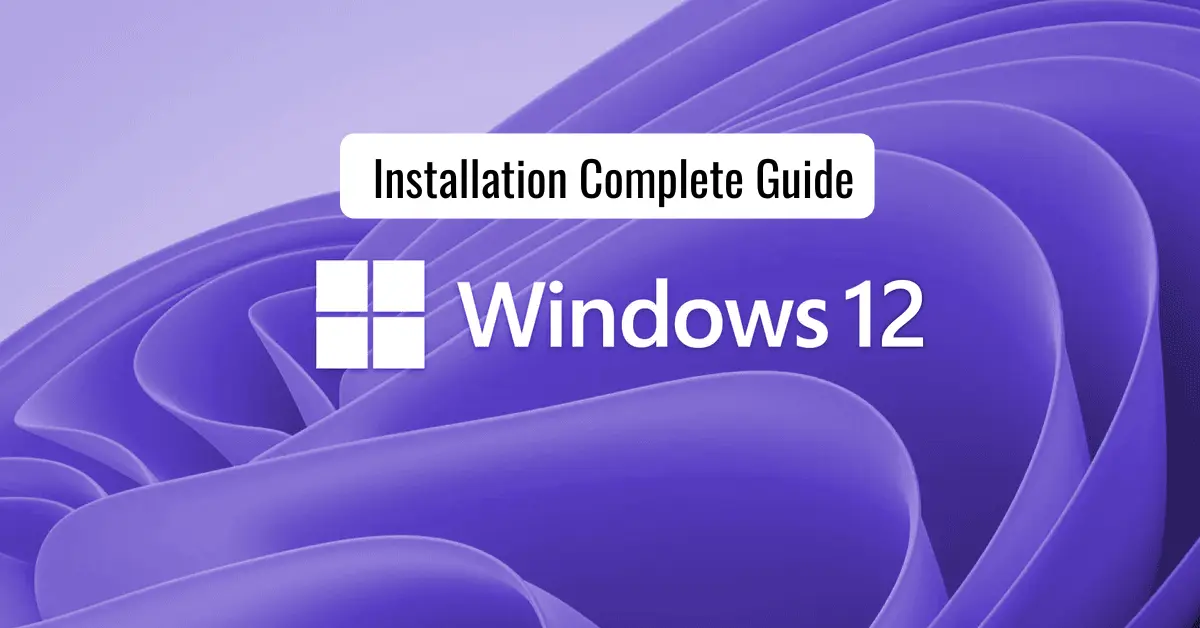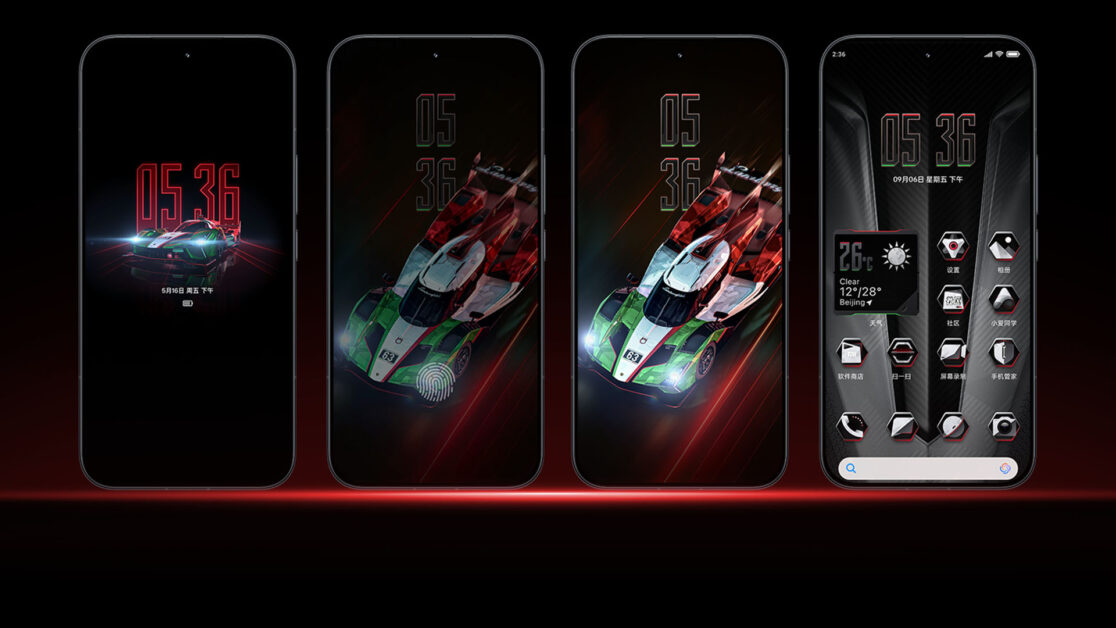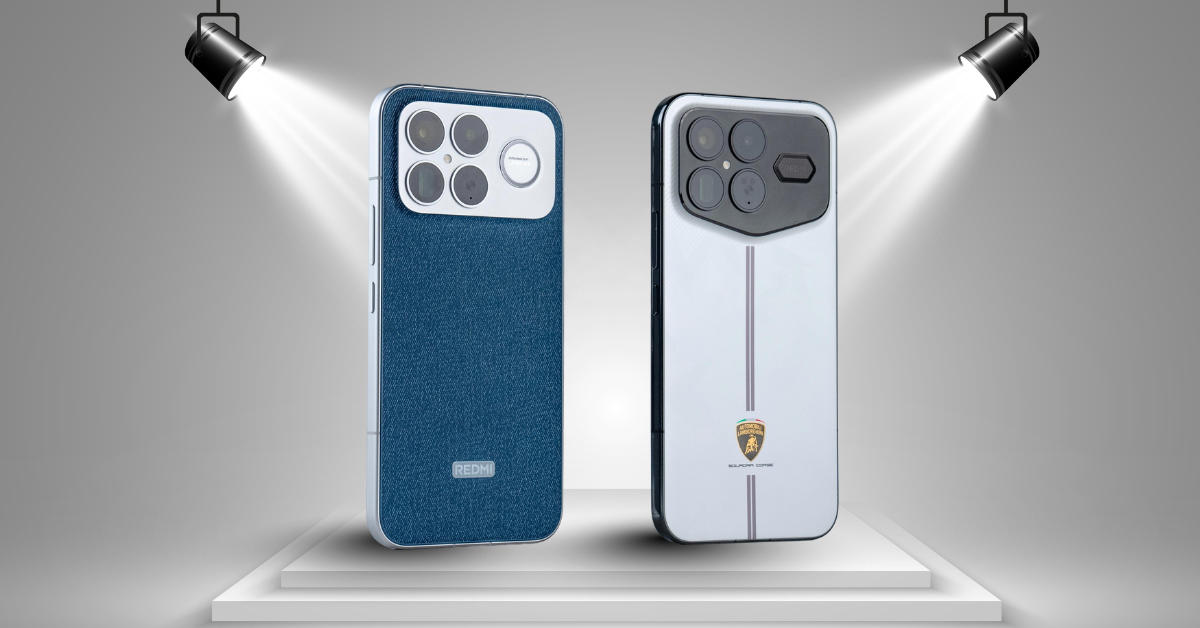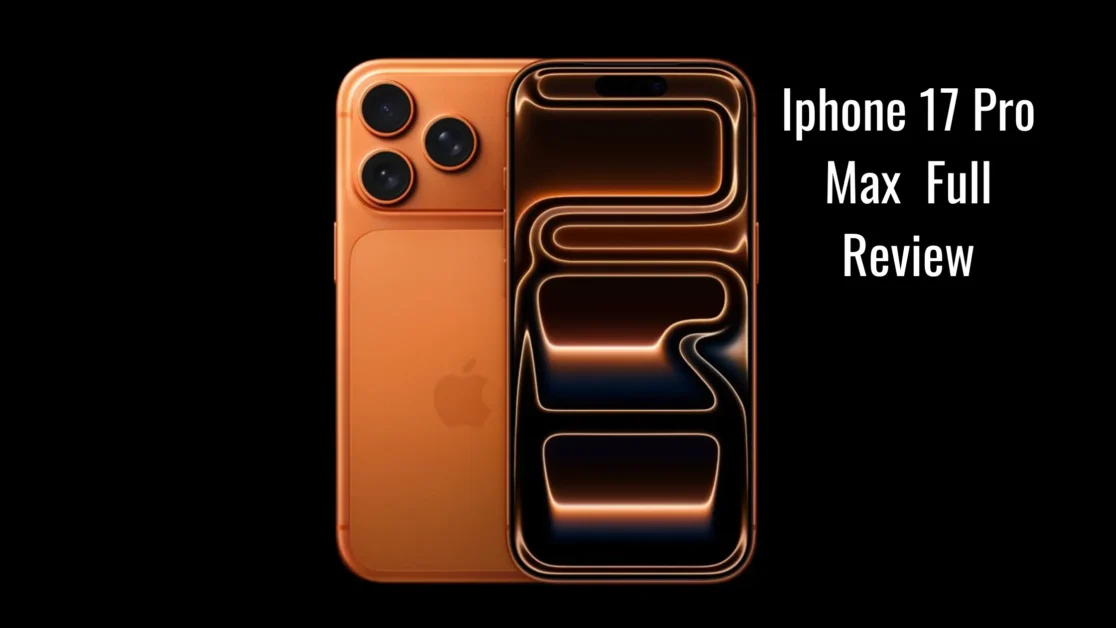Windows 12 is the next evolution of Microsoft’s operating system, promising sleek design, improved security, and powerful features. But before you can experience it, you’ll need to install it. This detailed guide will take you through every step of downloading, preparing, and installing the Windows 12 ISO on your PC.
Whether you’re upgrading from an older version or performing a fresh installation, this tutorial will make the process straightforward and safe. By the end, you’ll have Windows 12 ISO running on your machine smoothly.
Table of Contents
ToggleWhat is a Windows ISO?
An ISO file, or disc image, is a single file containing an exact copy of the contents of an optical disc. For Windows 12 ISO, it’s the complete installation package for Windows 12 compressed into one file. Using the ISO allows you to create bootable media, like a USB drive, or mount it directly on a virtual machine.
Why Choose a Fresh Install with Windows 12 ISO?
A fresh installation wipes your old system and starts clean. Advantages include:
- Improved performance with fewer leftover files.
- Removal of malware or corrupted system files.
- Opportunity to set up partitions as needed.
- Reduced compatibility issues.
Prerequisites Before You Begin
Before downloading the Windows 12 ISO, ensure:
- Your PC meets Windows 12’s minimum requirements:
- Processor: 1GHz or faster, 2 or more cores.
- RAM: 4GB or more recommended.
- Storage: 64GB minimum free space.
- TPM 2.0: Trusted Platform Module enabled.
- Secure Boot: Enabled in BIOS.
- Processor: 1GHz or faster, 2 or more cores.
- You have a backup of important data.
- A USB drive with at least 8GB capacity (for bootable media).
- Stable internet connection for download.
- Access to your PC’s BIOS/UEFI settings.
Downloading the Official Windows 12 ISO
Go to Microsoft’s official Windows 12 download page.
Choose the edition that matches your license (Home, Pro, or Enterprise).
Click Download Windows 12 ISO, and select the language and architecture (32-bit or 64-bit; 64-bit recommended).
Save the ISO file to your computer.
Creating Bootable Media from Windows 12 ISO
A bootable USB lets you install Windows directly. Here’s how to make one:
Using Rufus (Recommended)
- Download and open Rufus (free utility for creating bootable USB drives).
- Insert your USB stick.
- Under “Device”, select your USB.
- In “Boot selection”, choose your Windows 12 ISO file.
- Keep partition scheme as GPT (if your PC uses UEFI).
- Click Start and wait until Rufus completes writing.
Using Windows Media Creation Tool
If Microsoft releases a Media Creation Tool for Windows 12, it’s another easy option. However, for now, direct ISO + Rufus is the standard method.
Preparing BIOS/UEFI for Installation
For the PC to boot from USB:
Reboot your PC and press your BIOS access key (commonly F2, DEL, or ESC) during startup.
Go to Boot Options or Boot Order.
Set USB drive as the first boot device.
Ensure Secure Boot is enabled and Legacy Boot disabled (for UEFI).
Save changes and exit BIOS.
Installing Windows 12 ISO from Bootable USB
Once you’ve booted from the USB:
The Windows 12 setup screen will appear.
Select language, time, and keyboard preferences.
Click Install Now.
Enter Product Key
You’ll be prompted for a license key:
- Enter it now or choose “I don’t have a product key” (you can activate later).
Choose Installation Type
For a fresh start, select Custom: Install Windows only (advanced).
Partition Setup
Delete old partitions if you want a clean slate, or install on an existing partition (note: this may keep some files).
- To delete: click each old partition and press Delete.
Select unallocated space, click New, and format as needed.
Begin Installation
Windows will copy files, install features, and restart your PC several times. The process may take 15–30 minutes.
Initial Windows 12 Setup
After installation:
Choose region and keyboard layout.
Create or sign in with your Microsoft account.
Set privacy settings.
Customise preferences, themes, and desktop.
Congratulations! You’ve successfully installed Windows 12 ISO on your computer.
Post-Installation: Drivers & Updates
Connect your PC to the internet.
Open Settings > Update & Security > Windows Update.
Download the latest updates and drivers to ensure full hardware compatibility.
Visit your PC or motherboard manufacturer’s website for specific drivers if something doesn’t work correctly.
Activating Your Windows 12 ISO Installation
Activate Windows to unlock all features:
- Open Settings > Update & Security > Activation.
- Enter your product key or sign in with your Microsoft account if it’s linked to a digital license.
Troubleshooting Common Issues with Windows 12 ISO
PC Not Booting from USB
- Recheck BIOS boot order.
- Recreate bootable USB with Rufus.
Missing Drivers After Installation
- Use Windows Update or manufacturer support pages.
Installation Freezes or Crashes
- Verify ISO integrity by redownloading.
- Run memory and disk health checks.
Activation Fails
- Confirm your license matches your edition.
- Contact Microsoft support if problems persist.
Upgrading from Windows 10/11 Using Windows 12 ISO
Instead of a clean install, you can upgrade:
Mount the Windows 12 ISO file by double-clicking it in Windows 10/11.
Run setup.exe inside the mounted ISO.
Choose Upgrade: Keep personal files and apps during setup.
Follow prompts to complete the upgrade.
This preserves apps and files but is more prone to compatibility issues compared to a fresh install.
FAQs About Installing Windows 12 ISO
Can I install Windows 12 ISO without a product key?
Yes, you can install and use it with limited features. However, activation is needed for personalisation and full functionality.
Is Windows 12 ISO installation free?
No. While the ISO may be free to download, a valid Windows 12 license is required to activate your installation.
How big is the Windows 12 ISO file?
Typically 4–6GB depending on edition and updates.
Will my files be deleted during Windows 12 ISO installation?
Will my files be deleted during Windows 12 ISO installation?
Your PC Ready with Windows 12 ISO
Installing Windows 12 ISO may seem daunting, but by following this comprehensive guide, you can confidently complete the process. From downloading the correct ISO to BIOS setup, bootable USB creation, and post-installation steps, you now have everything you need for a successful installation.
Remember to keep your drivers updated, activate Windows, and regularly check for updates to get the most from your new system.
Step-by-Step Windows 12 Installation Guide
Redmi K90 Champion Edition Battery Test and Charging Speed Review
Redmi K90 Champion: The Ultimate 2025 Gaming Phone
Redmi K90 Champion Edition: Flagship Power at Its Best
Launch Iphone 17 Pro Max: Review Specs and Features
Toyota Fortuner Hybird 2025 Price, Features, Mileage, Interiors and Exterior
Share

